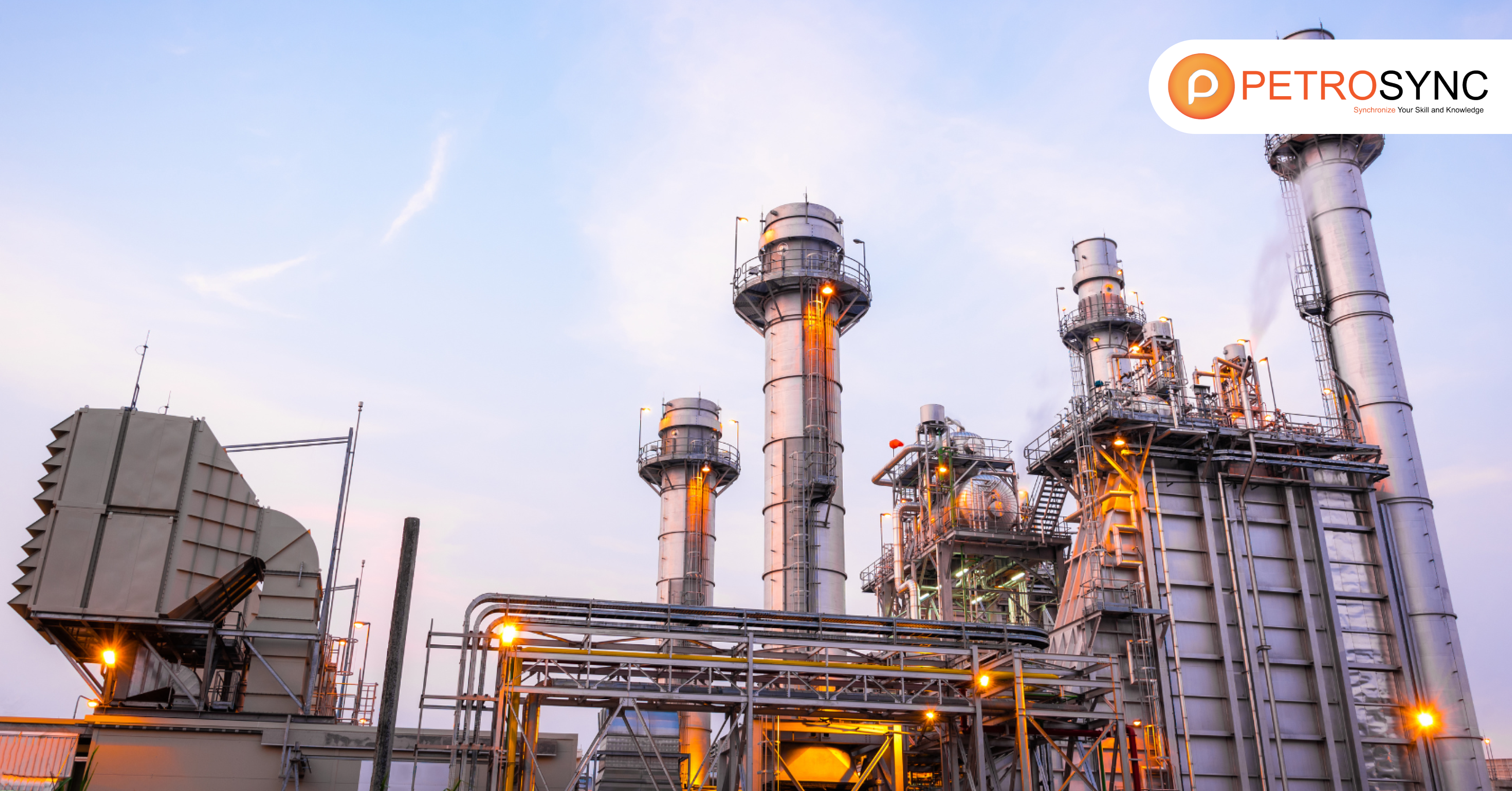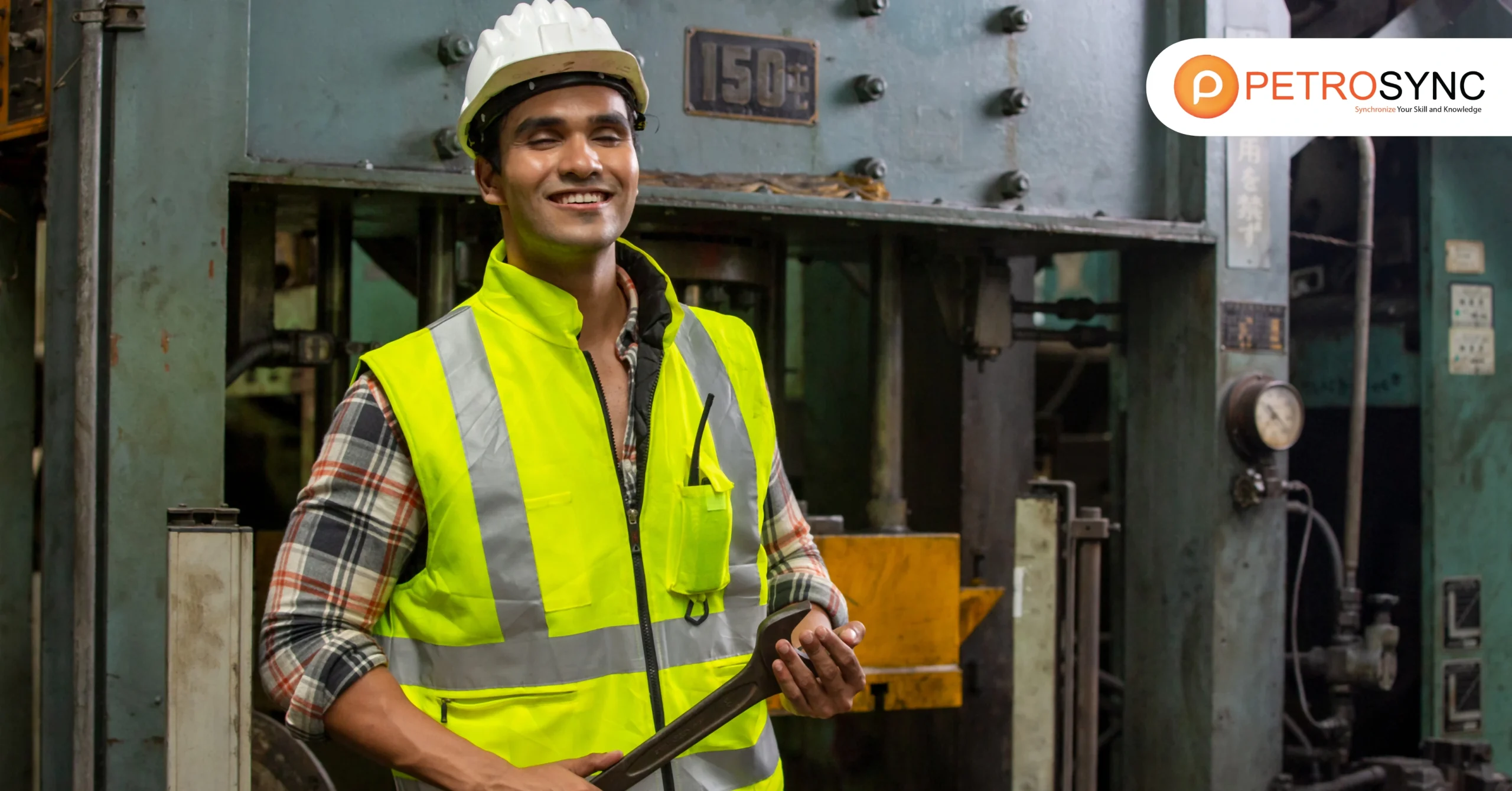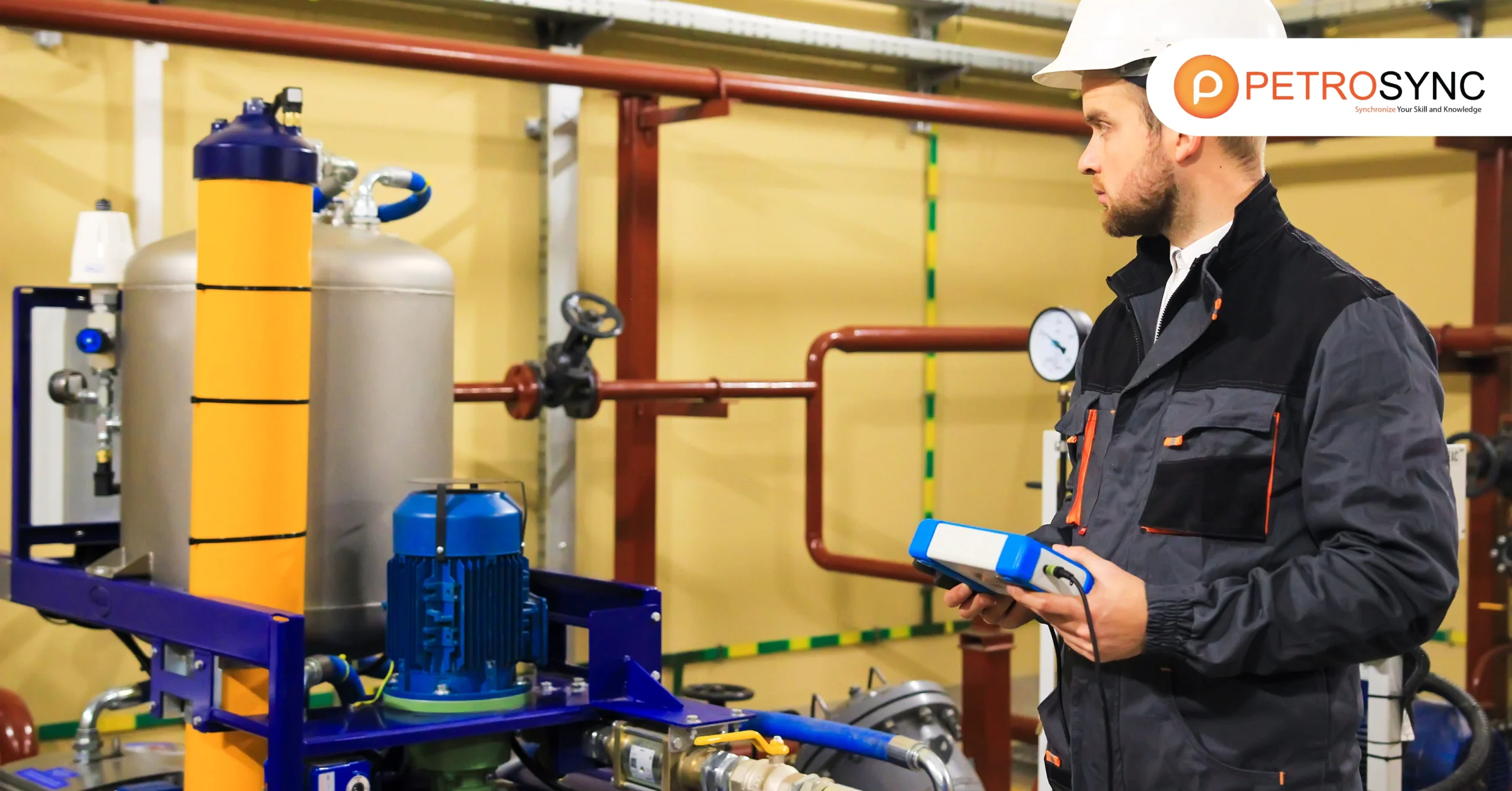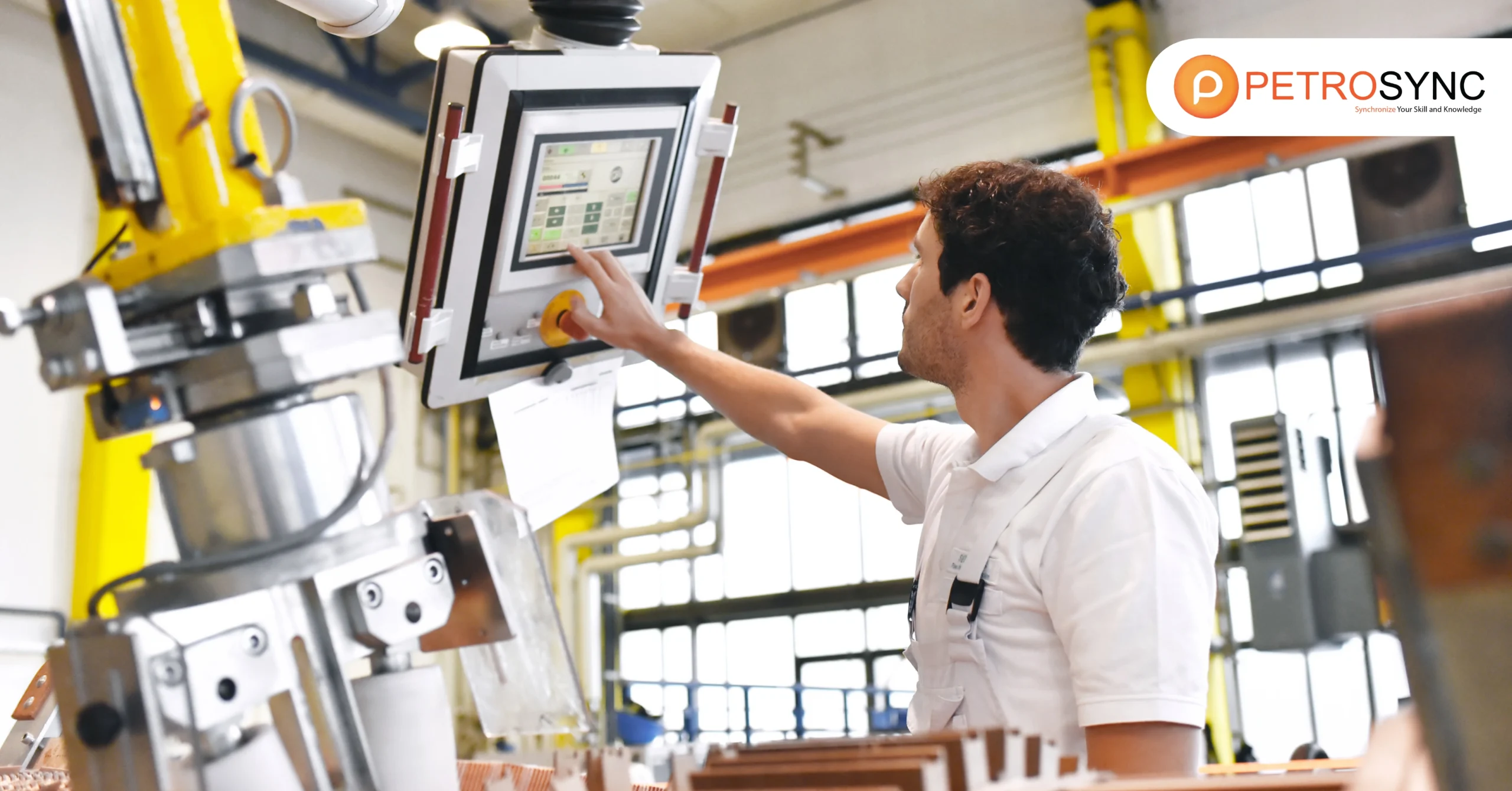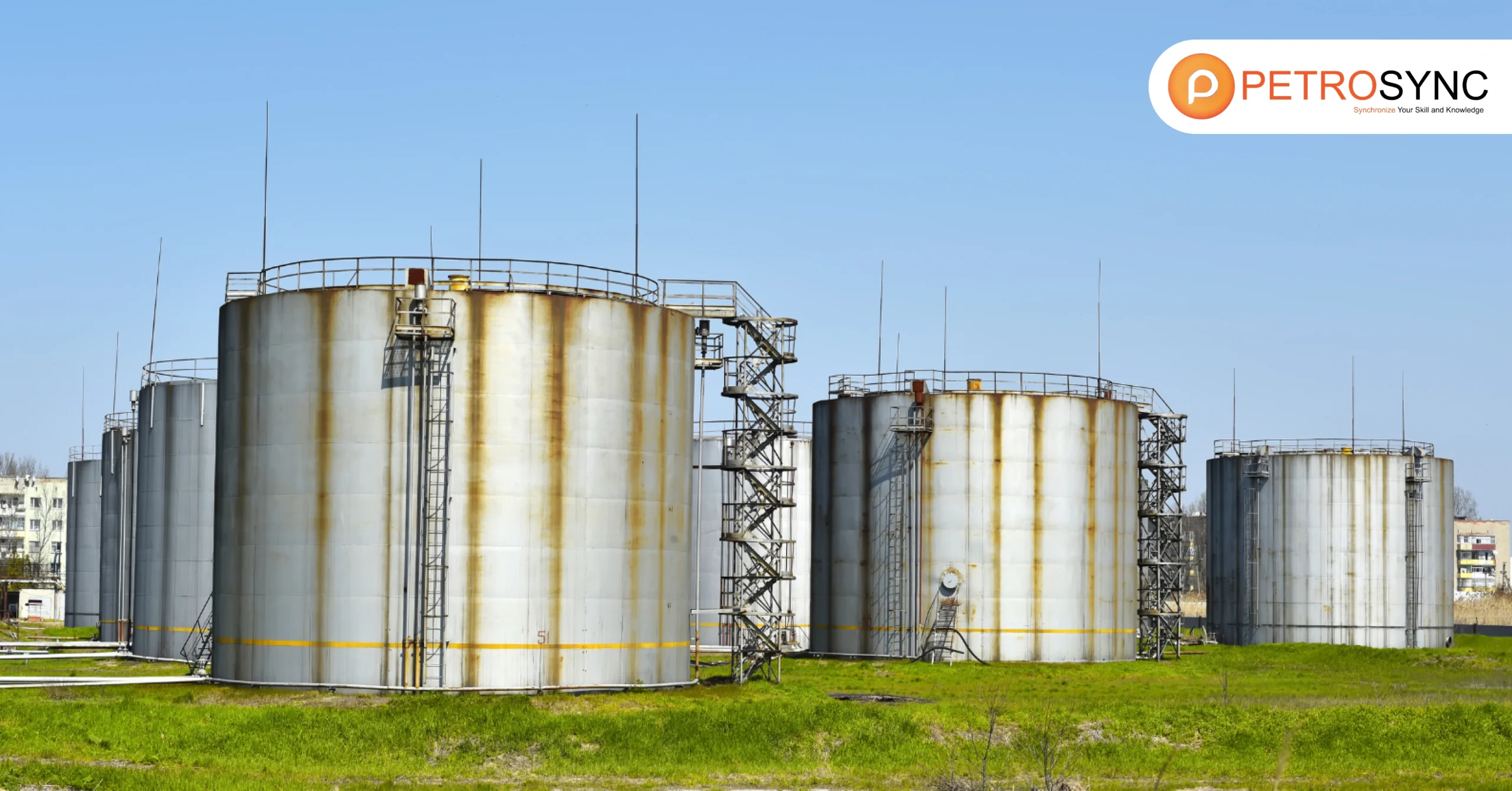The American Petroleum Institute’s (API) standards are vital in the oil and gas, petrochemical, and energy industries to ensure operational safety, efficiency, and reliability. API 560, which specifies fuel-fired heating equipment, is an important standard in this field. This page will go into detail about API 560, its scope, and how it has been updated since its initial publication.
What Is API 560?
API 560 is a technical standard guideline for the design, operation, and maintenance of heaters used in the oil and gas, petrochemical, and energy industries, based on American Petroleum Institute (API) standards. As a result, using this standard procedure ensures that the equipment used is safe, efficient, and compliant with current standards.
Related article : API 560 Training: Your Blueprint for Success in Fired Heaters
What Are The Sections Covered in API 560?
API 560 addresses various critical areas of the design and operation of fuel-powered heating units. It gives detailed instructions on materials, construction, inspection, and testing to ensure that the appliance operates at peak performance. Each section of API 560 is intended to ensure that all heating appliance components meet rigorous safety and performance standards.
|
Section |
| 1. Purchaser’s and Vendor’s Responsibilities |
| 2. Design Considerations (Process, Combustion, and Mechanical) |
| 3. Materials of Construction |
| 4. Tubes and Tube Supports |
| 5. Headers, Piping, Terminals, and Manifolds |
| 6. Loads and Allowable Stress |
| 7. Refractory Linings and Castable Design and Construction |
| 8. Structures and Appurtenances |
| 9. Stacks, Ducts, and Breeching |
| 10. Burners, Dampers, and Controls |
| 11. Fan Drives |
| 12. Sootblowers |
| 13. Instruments and Connections |
| 14. Shop Fabrication and Field Erection |
| 15. Inspection and Testing |
| 16. Air Preheat Systems |
| 17. Efficiency Measurement |
| 18. Noise Measurement |
Which Equipment Falls Within The Scope of API 560?
API 560 covers a wide range of equipment used in the oil and gas, petrochemical, and energy industries, such as:
1. Fired Heaters
Fired heaters are heating equipment that use fuel to generate heat for industrial activities. API 560 gives detailed instructions for the design, operation, and maintenance of fired heaters, including the use of heat- and corrosion-resistant materials and burner settings to ensure effective combustion. The guideline also emphasizes the importance of air-fuel balance in reducing harmful emissions and improving energy efficiency. Routine maintenance in compliance with API 560 is critical for detecting possible problems and maintaining peak equipment performance.
2. Air Preheaters
Air preheaters are critical components in industrial heating systems, preheating air before it enters the combustion process in fired heaters. Air preheaters improve thermal efficiency and minimize fuel consumption by utilizing the heat generated by the furnace’s flue gases. API 560 offers guidelines for the design and operation of air preheaters, ensuring that the device.
3. Fans
The fan function in API 560 as an industrial heating system is useful for generating adequate airflow and is efficient in the combustion process when used. The air flow to the system is regulated to ensure that there is enough incoming air and that the combustion is safe and controlled. This is one of API 560’s recommendations for designing, selecting, and operating good fans. Furthermore, fans can improve combustion, resulting in lower harmful emissions and energy efficiency.
Related article : What’s New in API 560’s Latest Edition and Why It Matters
4. Burners
The burner is the primary component, combining fuel and air to produce a strong and consistent flame. API 560 takes the design and arrangement procedure for optimal combustion performance and safety seriously. Increased energy efficiency results in lower harmful emissions, and full combustion is the benchmark for the air and fuel mixture. The procedure of creating a good and correct burner will lessen the likelihood of incomplete combustion. As a result, there is less chance of equipment damage or operating issues.
How to Get API 560 Certification?
API 560 certification can be obtained by completing the API-approved audit and verification stages. The assessment conducted includes the design, installation, and operation of heating equipment that is intended to be heated, ensuring that all operations meet the API 560 standards. Therefore, this certification can demonstrate that your company’s equipment and operations meet stringent international regulations and standards.
Related article : American Petroleum Institute – API Training
How Many Updates Has API 560 Undergone Since It First Launched?
Since its first release, API 560 has undergone multiple updates to update and improve the existing standard. Here are some published versions of API 560:
1. API Standard 560-1st edition, January 1986
The first edition of API 560 was published in January 1986, providing initial guidance on the design and operation of fired heaters.
2. API Standard 560-2nd edition, September 1995
The second revision, issued in September 1995, modified several standards to match technological improvements and industry practices.
3. API Standard 560-3rd edition, May 2001
The third edition, published in May 2001, included various new regulations addressing materials and testing techniques.
4. API Standard 560-4th edition, August 2007
The fourth edition, issued in August 2007, included more enhancements to design and operational efficiency.
5. API Standard 560-5th edition, February 2016
The most recent edition, released in February 2016, addresses the most recent advancements in combustion technology and materials to increase safety and performance.
PetroSync has created this training course as a comprehensive guideline on fired heater technology for the refining and petrochemical industries. Participants will gain knowledge and/or enhance their experience in design, engineering, inspection, installation, operation, maintenance and troubleshooting.
This course conducted by PetroSync is more for the practical side than the theory. The training approach will transmit the technology and knowledge of fired heaters by learning the requirements of its Fried Standard. Thus, Participants Learn Fired Heaters and its applications at the same time.
Limited seats are available. Join us now!

Results-oriented and thorough SEO specialist with extensive experience in conducting keyword research, developing and implementing digital website promotion strategies and plans, managing campaigns to develop company websites in the digital world, excellent knowledge of marketing techniques and principles, and attentive strong attention to detail.

